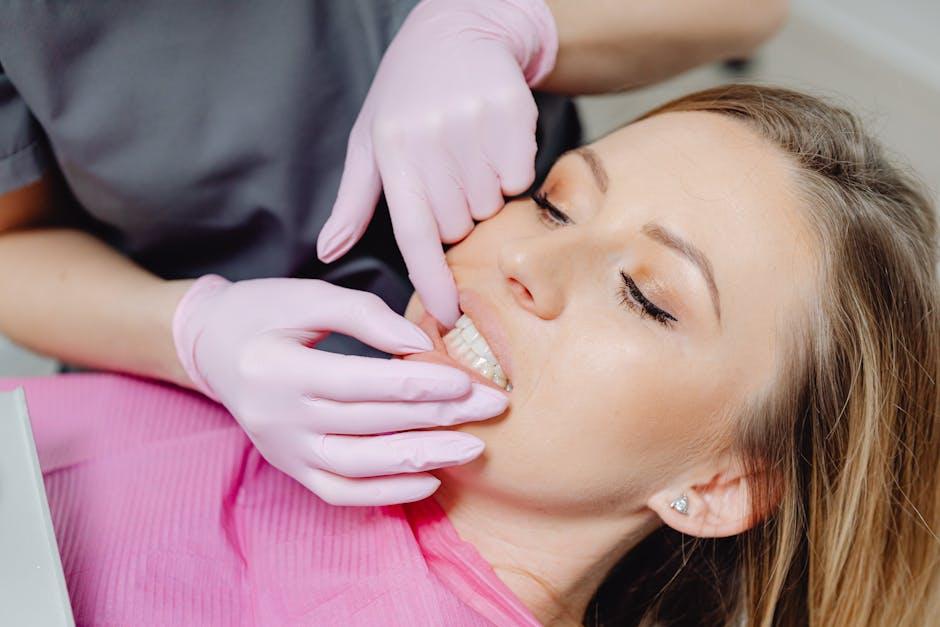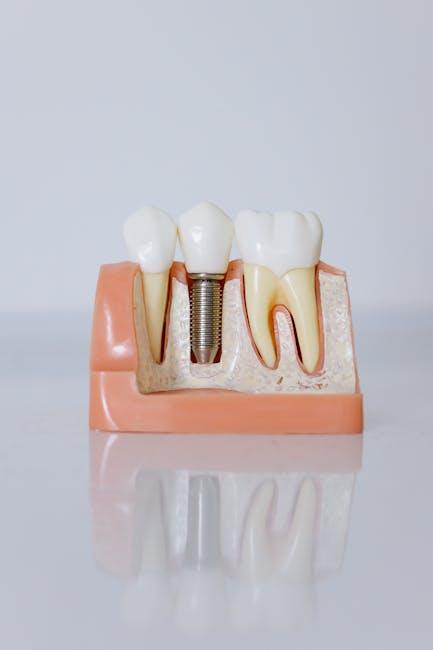
Orthodontics Isn’t Just About Straightening Teeth; It’s About Treating the Underlying Condition
While many people associate orthodontics primarily with the cosmetic alignment of crooked or crowded teeth, the field is much broader and more intricate. As highlighted in Dental Tribune US, orthodontics focuses not just on creating a more attractive smile but on diagnosing and treating the underlying structural issues that affect oral health, function, and even overall well-being. In this comprehensive article, we explore what orthodontics truly entails, the conditions it addresses, its numerous benefits, and practical advice for patients considering treatment.
What Is Orthodontics?
Orthodontics is a specialized branch of dentistry concerned with diagnosing, preventing, and correcting malpositioned teeth and jaws. Beyond the aesthetic appeal of straight teeth, orthodontics aims to improve bite function, jaw alignment, and oral health.
Key Goals of Orthodontic Treatment
- Correcting misaligned teeth and jaws for improved function
- Addressing bite problems such as overbite, underbite, crossbite, and open bite
- Improving speech and chewing capabilities
- Preventing long-term dental problems such as tooth decay, gum disease, and excessive wear
- Enhancing facial aesthetics and overall confidence
Why Orthodontics Is More Than Straight Teeth
Many patients seek orthodontic treatment driven by the desire for a beautiful smile. However, orthodontists evaluate a wide spectrum of factors that contribute to a person’s oral health.
Underlying Conditions Orthodontics Treats
- Malocclusion: This refers to the improper alignment of teeth when jaws close. It affects biting, chewing, and sometimes speech.
- Jaw Discrepancies: Issues such as mandibular prognathism (protruding lower jaw) or micrognathia (small jaw) influence facial balance and dental function.
- Airway Issues: Orthodontic treatment can help correct jaw positions that may contribute to breathing problems like sleep apnea.
- Temporomandibular Joint Disorders (TMJ/TMD): Misalignment can create strain on jaw joints leading to pain and dysfunction.
- Tooth Eruption Problems: Orthodontics guides teeth eruption to avoid impactions and crowding.
The Benefits of Treating Underlying Orthodontic Conditions
By focusing on the root causes rather than just the symptoms, orthodontic treatment offers a wide range of health and lifestyle enhancements beyond cosmetic appeal.
Health and Functional Benefits
- Improved bite function reduces abnormal tooth wear and helps maintain natural teeth longer.
- Better oral hygiene due to properly aligned teeth, decreasing the risk of cavities and gum disease.
- Alleviation or prevention of pain caused by TMJ disorders.
- Enhanced breathing by correcting jaw and airway obstructions.
Psychosocial Benefits
- Boosted self-confidence stemming from a healthier, attractive smile.
- Improved speech clarity in cases where alignment impacts articulation.
- Positive impact on overall quality of life and emotional well-being.
Common Orthodontic Treatment Approaches
Orthodontists use a variety of appliances and techniques tailored to the patient’s condition. Here’s a simple overview:
| Treatment Type | Purpose | Typical Duration |
|---|---|---|
| Braces (Metal/Ceramic) | Corrects teeth alignment, bite issues | 12 – 36 months |
| Clear Aligners (e.g., Invisalign) | Discreet teeth straightening for mild/moderate cases | 6 – 24 months |
| Palatal Expanders | Widen the upper jaw to fix crossbites and provide space | 3 – 6 months |
| Functional Appliances | Modify jaw growth in children and adolescents | 6 – 18 months |
| Surgical Orthodontics | Correct severe jaw discrepancies | Varies depending on case |
Patient Practical Tips: Getting the Most from Orthodontic Care
Whether you are just beginning orthodontic treatment or considering it, these tips can help enhance your experience and results.
- Consult Early: Schedule an orthodontic evaluation as early as age 7 to catch and address problems sooner.
- Follow Instructions: Adhere to appliance care and dietary guidelines to avoid treatment delays.
- Maintain Oral Hygiene: Brush and floss carefully around braces or aligners to prevent decay and gum issues.
- Attend Regular Check-ups: Keep appointments for adjustments and progress monitoring.
- Communicate: Discuss any discomfort or concerns with your orthodontist promptly.
Case Study: Treating TMJ Pain Through Orthodontics
Patient: Jane, 29 years old, with chronic jaw pain and headaches.
Issue: Severe overbite and jaw misalignment causing TMJ disorder symptoms.
Treatment: Custom functional appliances followed by braces to realign teeth and jaws.
Outcome: Improved bite function, reduction of headaches, and normalized jaw movement after 18 months.
This case highlights how orthodontics addresses underlying jaw conditions to resolve pain, demonstrating care far beyond cosmetic improvements.
Conclusion
Orthodontics is a vital specialty in dentistry that transcends the simple goal of straightening teeth. As Dental Tribune US emphasizes, orthodontic care treats underlying conditions impacting alignment, function, and overall oral health. Understanding this holistic approach allows patients to appreciate the comprehensive benefits orthodontics offers—from improved chewing and speech to pain relief and enhanced self-esteem. If you or a loved one are considering orthodontic treatment, remember the importance of early diagnosis and treatment focusing on long-term health, not just aesthetics. Consult your orthodontist today for a personalized care plan that addresses the root causes of your dental concerns.


